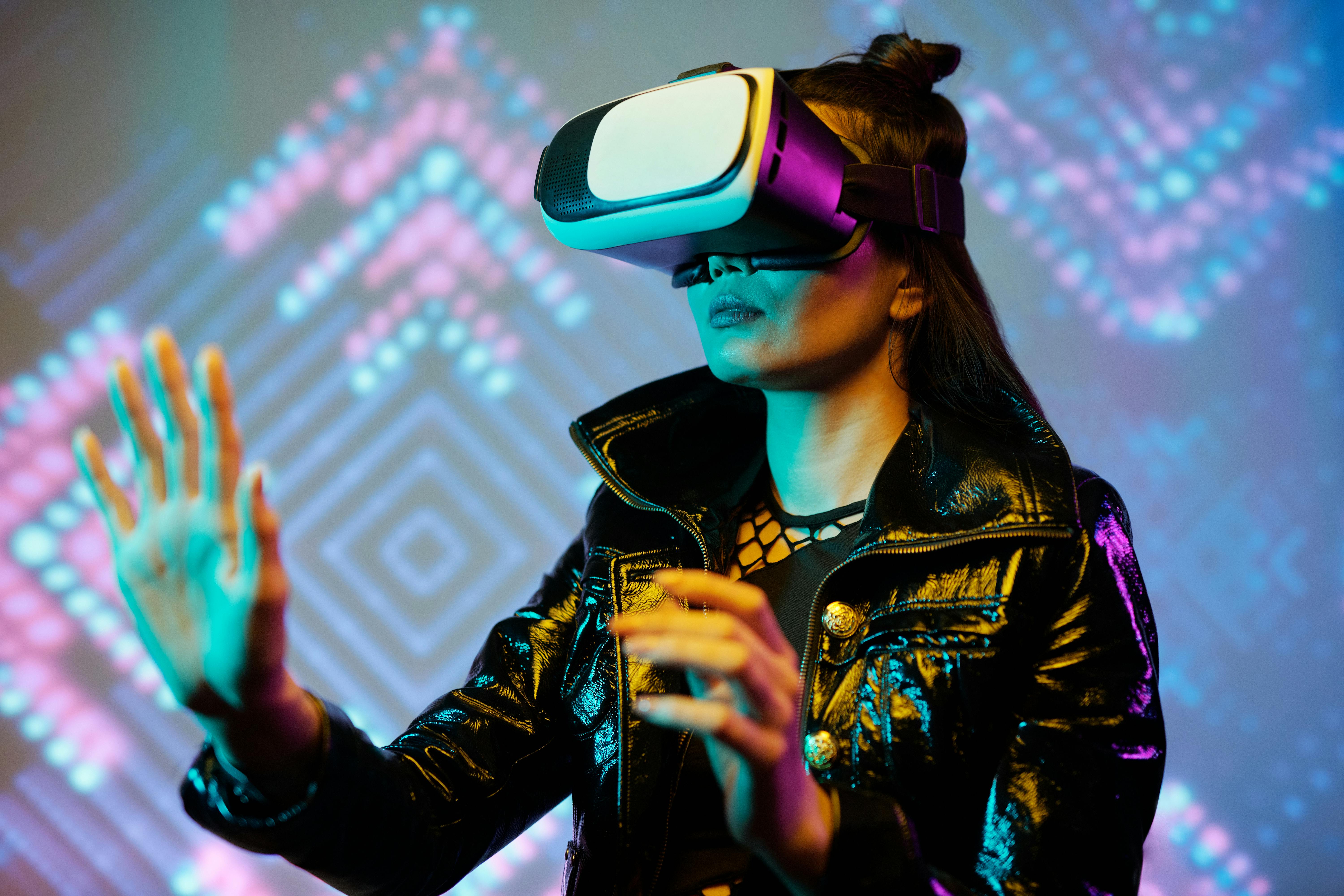The Dawn of Holographic Technology: A New Era in Digital Interaction
Introduction: In a world where technology is constantly evolving, the dawn of holographic technology is upon us. This new era of digital interaction promises to revolutionize the way we communicate, entertain, and even work. But what exactly is holographic technology, and how will it shape our future? Let's dive in.
The Genesis of Holographic Technology
Holography, a term derived from the Greek words “holos” meaning “whole” and “graphe” meaning “writing,” was first introduced in the 1940s by Hungarian-British physicist Dennis Gabor. He developed the theory of holography while working to improve the resolution of electron microscopes. However, it wasn’t until the invention of the laser in the 1960s that holography became a practical technology. Over the years, holography has evolved from static images to dynamic displays, paving the way for the holographic technology we see emerging today.
The Current State of Holographic Technology
Today, holographic technology is making strides in various sectors. In the entertainment industry, it’s bringing deceased musicians back to life for posthumous performances, creating a surreal experience for fans. In the medical field, holography is being used to create 3D images of patients’ anatomy, aiding doctors in diagnosis and surgical planning.
In the tech industry, companies like Microsoft and Magic Leap are developing mixed reality headsets that overlay holographic images onto the real world. These devices are expected to revolutionize industries from gaming to architecture, allowing users to interact with digital content in a completely new way.
The Market Impact and Price Range of Holographic Technology
As holographic technology continues to advance, its market impact is projected to be significant. According to a report by MarketsandMarkets, the global holography market is expected to reach $5.5 billion by 2025, growing at a CAGR of 23.5% from 2020.
The price range for holographic products varies widely, depending on the complexity of the technology. For instance, a basic holographic display can cost a few hundred dollars, while high-end mixed reality headsets like the Microsoft HoloLens 2 retail for several thousand dollars.
The Future of Holographic Technology
The future of holographic technology is filled with exciting possibilities. Imagine attending a concert of your favorite band from the comfort of your living room, with life-sized holograms of the musicians performing right in front of you. Or envision a doctor performing a complex surgery with the help of a 3D holographic image of the patient’s anatomy.
Moreover, as holographic technology becomes more affordable and accessible, it could become a standard feature in our everyday devices. We could see holographic displays in our smartphones, tablets, and even our glasses, transforming the way we interact with digital content.
A New Era in Digital Interaction
The dawn of holographic technology is ushering in a new era of digital interaction. As this technology continues to evolve, it promises to revolutionize various sectors, from entertainment to healthcare. While there are still challenges to overcome, the potential of holographic technology is undeniable. As we move forward into this exciting new era, one thing is clear: the future of digital interaction is holographic.






